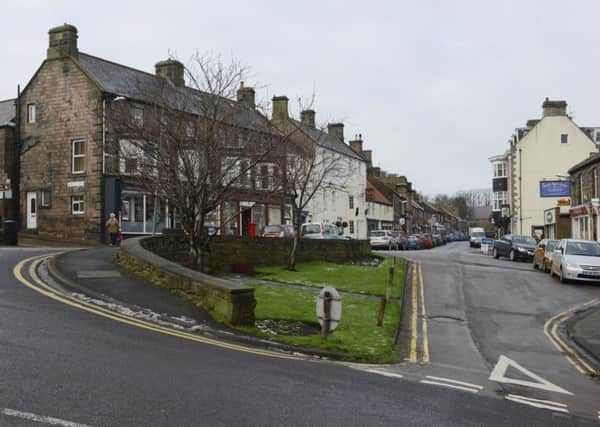Glendale, History Society


You can tell what part of Britain you are in by examining the hedges. Every county has its own hedge-laying signature, written by an ancient craft that goes back to medieval times and beyond.
In a talk to Glendale Local History Society Mike Wade, from Howtel, explained how in different regions of the country hedges are laid to particular patterns to do certain jobs – keep different types of stock confined or facilitate jumping during the chase.
Advertisement
Hide AdAdvertisement
Hide AdMike confessed to being a total hedge enthusiast. He has been a national champion, won many regional competitions and been a national judge.
He explained how saplings and small trees are partially cut, bent over and woven between stakes to make a living, green, impenetrable barrier that becomes at one with the landscape.
The practitioners of hedge-laying are heirs to a craft that puts them in touch with the countryside and its history. Simply handling the tools – many of which in more turbulent times were modified for battle – is enough to make the connection.
Hedge-laying has been done all over Europe since pre-Roman times. Julius Caesar found hedges a considerable impediment to his efforts to invade the Low Countries.
Advertisement
Hide AdAdvertisement
Hide AdIn Britain the Enclosure Acts gave the craft a great impetus, and the period between about 1750 and 1850, coinciding with the Agricultural Revolution, saw most of the hedges we enjoy today established.
Today, the craft is undergoing something of a revival as enthusiasts work to preserve and advance it. Increasing numbers of people are becoming accredited hedge-layers and the benefits of hedges to the environment, wildlife and the aesthetic appeal of the countryside are being recognised.
Little wonder then that the heir to the throne is an accredited member of the craft.